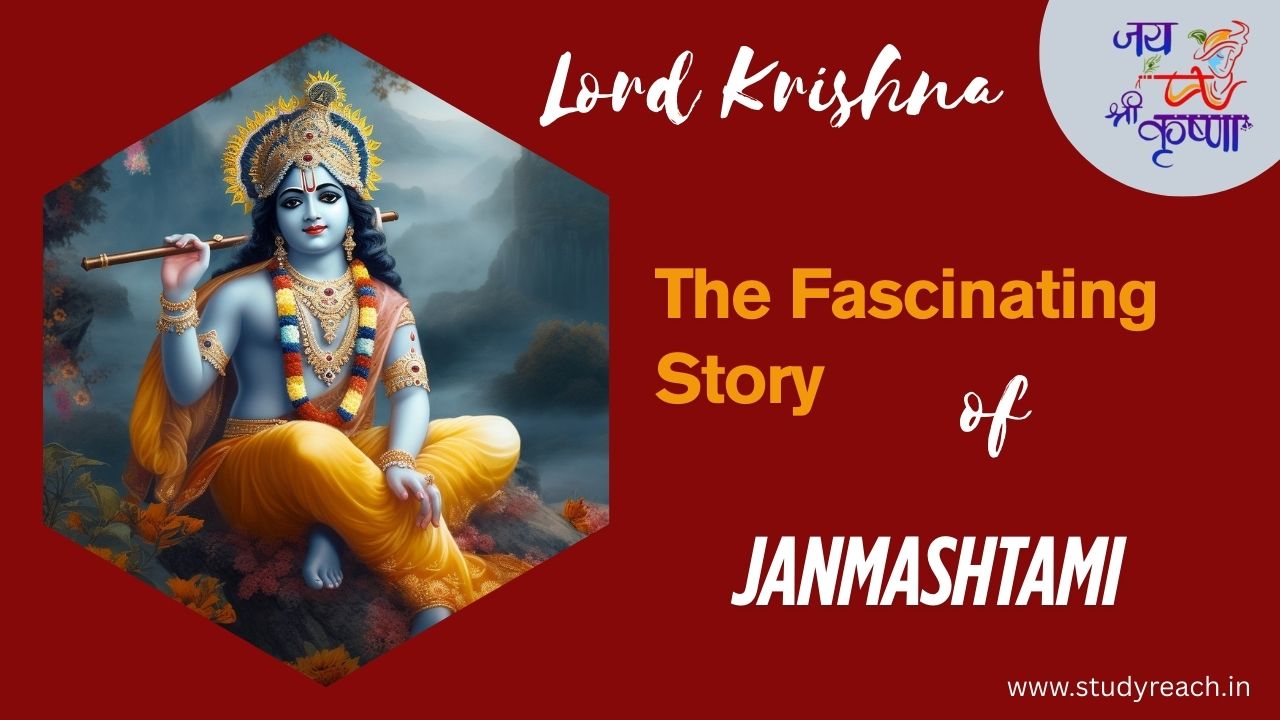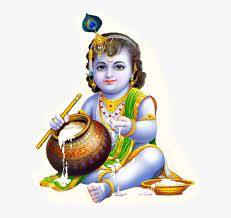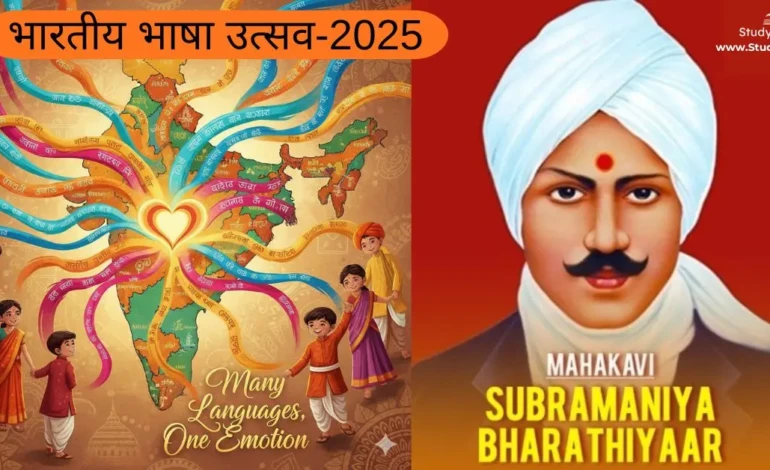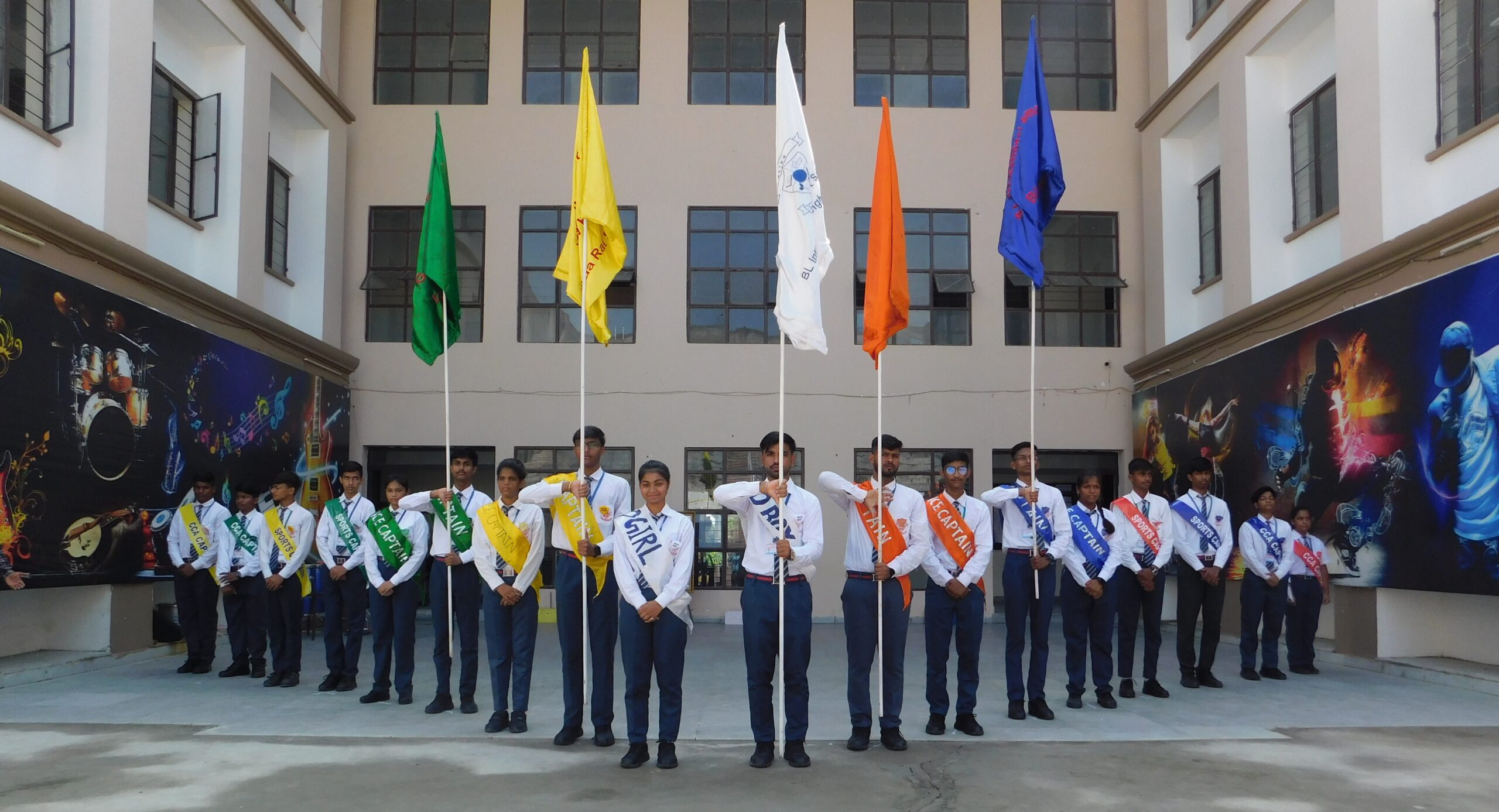Lord Krishna : The Fascinating Story of Janmashtami and Lord Krishna

Hinduism’s most renowned deity, Lord Krishna, personifies divine love, wisdom, and fun. He wins hearts with his inspiring lessons and pleasant deeds.

The legend of Janmashtami and Lord Krishna is a classic example of how love, bravery, and spiritual insight can manifest as a heavenly incarnation. Inspiring and guiding generations, Lord Krishna’s diverse persona—from cheeky kid to brave warrior to celestial lover—crosses boundaries and cultures.
During the celebration of Janmashtami, devotees and enthusiasts pay tribute to Lord Krishna’s legacy and the deep lessons he taught through the course of his magnificent life. Hopefully, his holy presence will continue to shine light into people’s hearts and guide them toward morality and spiritual enlightenment.
Table of Contents
The Birth of Lord Krishna: From Butter Thief to Divine Lover :
The birth of Lord Krishna (Krishna Bhagwan) is a fascinating tale laced with supernatural intervention and intrigue. Krishna’s entry into the world was no ordinary occurrence. He was born in the historic city of Mathura, which is tucked away along the calm banks of the Yamuna River. Even though his parents, Queen Devaki and King Vasudeva, came from a noble family, predictions and difficulties frequently plagued their life.
It was predicted that Krishna’s birth would serve as a sign of hope, destined to defeat evil and bring about the restoration of dharma in the world. This was a blessed prophecy, but, also hinted to some risk. King Kansa, Devaki’s tyrant brother, was forewarned that her eighth child would be his ultimate downfall.
Kansa imprisoned Devaki and Vasudeva out of fear for the prophecy and a desire to stop destiny in its tracks. The divine orchestrations, however, had another strategy. The universe worked together as Krishna’s birth approached to assure his security. A divine aura surrounded the area on the fatal night of his birth, and miraculously, the prison doors opened.
Vasudeva nursed Krishna as a newborn and set out on a perilous voyage while being directed by a celestial force. Vasudeva transported the young Krishna to the lovely village of Gokul via perilous terrain and the cover of night. Krishna would find safety and prosper in this peaceful haven, free from the oppression of Kansa.
Krishna’s birth story and its circumstances serve as evidence for the idea that divine purpose will always find a way to come into existence. The story of Krishna’s early existence is one of tenacity, devotion, and the unstoppable force of destiny, laying the foundation for a life that would motivate and enthrall future generations.

The Prophecy: A Foretelling of Destiny
When the earth was shrouded in myths and mysteries in the past, a prophecy that would change the path of history first surfaced. A seer saw into the future while observing the fabric of time, making a discovery that would reverberate across the ages.
The prophecy spoke of a divine arrival, an eighth child destined to illuminate the world with unparalleled brilliance. This child, it foretold, would rise to confront the shadows of darkness and usher in an era of righteousness. However, as with all tales of destiny, a twist of fate intertwined itself within the prophecy’s threads.

The dictator who ruled the entire world did it with an iron grip and a heart filled with fear. King Kansa was a powerful and feared character who ruled over a country wrapped in his own psychosis. When the prophecy’s words reached his ears, they sparked a small amount of apprehension that would later turn into a raging fire.
The prophecy contained an unexpected twist that would be his doom; it hinted that his sister Devaki’s eighth child would be the sign of his demise. Kansa decided to take matters into his own hands in an effort to escape this predetermined fate. In an effort to escape the grip of fate and rewrite the story the universe had created, he imprisoned Devaki and her husband, Vasudeva.
But a power beyond our knowledge intervened as the celestial stars danced in the night sky and destiny’s wheels whirled. The universe worked together to keep the prophecy’s trajectory intact. A divine aura encircled the world on the night of reckoning as Devaki gave birth to her eighth child, bathing the prison walls in an ethereal radiance.
The prison doors swung open at that precise moment of cosmic alignment, as if accepting the inevitable fulfillment of the prophecy. Vasudeva took the child in his arms and set out on a perilous journey while being directed by an unseen hand. He carried the child to safety over moonlit pathways and hushed prayers, crossing the line between destiny and free will.
Thus, the prophecy’s prediction came true, tying together the threads of fate and free will, of dread and bravery, in a tapestry that would later be revealed. The child’s birth, the eighth manifestation of divine grace, signaled not only the start of a spectacular life but also the story’s development, which would reverberate throughout history.
Growing Up in Gokul :
Divine Leelas and Butter Thievery
The people of the small village of Gokul, which was surrounded by green meadows and rolling hills, were blessed by a spiritual presence. Lord Krishna spent his charming youth here, creating a lasting impression on everyone who came into contact with him.
His days were filled with amazement and delight as he played among the peasants, his eyes flashing with mischief and his smile beaming with unbridled happiness. Krishna’s presence was like a soft breeze, filling the space with an extraordinary sense of wonder.
His playground was the small village of Gokul, with all of its crevices bearing witness to the tapestry of his divine leelas, or mischievous antics. Every tree spoke a story of his enchanted adventures, and every place seemed to conceal a secret. His interactions with the local cowherds and his tender relationship with his foster mother Yashoda woven a story of love and camaraderie that reverberated throughout the town.
Krishna’s silly antics made people of all ages smile as they passed by the bright meadows and the turquoise sky. He started off on one of his infamous butter-stealing adventures, his eyes twinkling mischievously. He would sneak into the homes of Gokul with deft fingers and a heart full of innocent naughtiness because he was captivated to the enchantment of freshly churned butter.

The villagers were charmed by his freewheeling personality instead of criticizing his antics. They were in awe of his capacity to elevate even the most banal actions to sublime ecstasy. The fact that he stole butter proved how lively he was and how he could enjoy even the most routine tasks.
But Krishna’s early years weren’t just filled with amusing pranks and snatched delicacies. He experienced joyful and loving moments with the residents of Gokul during that period of heavenly connection. He constructed a picture of a deity that welcomed humanity with open arms through his loving encounters with the village kids, his lighthearted banter with the cowherds, and his touching relationships with Yashoda.
Krishna’s laughter would resound over the fields as the sun set over the town of Gokul, casting a warm, golden tint across the landscape, serving as a reminder of the alluring presence that had touched their life. When the lines between the divine and the human dissolved, a tapestry of love, joy, and indelible memories was woven, and his youth in Gokul was a chapter of divine leelas and childlike wonder.
:: The most commonly name of Lord Krishna ::
“”Krishna, Jagannath (Lord of the whole world), Dwarkadhish (King of Dwarka City), Vasudev (Devki Nandan), Govinda, Gopal Lrishna (Lord of Cows), Murlidhar (One with Flute), Mathura Naresh (King of city Mathura), Hari (Absorber of all sorrows and pains), Jagadguru (Protector of the Universe), Janannath (Lord of the Universe), Narayana (The refuge of all), Shyam (Lord with Dark complex), Shyamsunder (Dark & Beautiful), Vishnu (The all-pervading Lord), Vishwakarma (Creator of the Universe)””
The Notorious Butter Thief: A Mischief Woven in Delight
A story of humorous daring, the legend of Lord Krishna, the infamous butter thief, unfolded among the rural charm of Gokul. Krishna’s naughty antics took on a unique flavor in the center of this picture-perfect community, where simplicity and devotion were entwined.
Imagine the setting: starry evenings soaked in an ethereal glow, the air bearing hints of divine mysteries, and Krishna, the personification of innocence, casting a cunning glance about. The butter thief appeared from the shadows during these stolen minutes.
Krishna’s nimble fingers danced their way into the heart of every home, led by an insatiable curiosity and an unrelenting love for the rich, creamy taste. His covert entrance was marked by a quiet giggle that created an atmosphere of suspense for the upcoming interaction between the young deity and the enticing butter. Krishna’s eyes would light up with a mixture of excitement and mischief as his fingers would carefully make their way to the prized butter pots with an elegance that belied his age. Each dip into the pot was a silent proclamation of his control over both the material world and the intangible world, a dance of stolen pleasure.
A chorus of laughing would resound across the town as the people awoke to discover that their butter supplies had been depleted. Instead of feeling resentful, the people of Gokul were mesmerized by this holy robber. Because Krishna was able to discover joy in the most basic pleasures, his butter-stealing was not just an act of luxury but also a reminder that the sublime could be found even in the mundane.
The story of the butter thief went beyond its cunning surface to touch upon a deeper truth: divinity frequently dons the mask of innocence. The antics of Krishna were a call to embrace the pleasure of life and to treasure the enjoyment that frequently slipped through our fingers undetected.
The butter thief served as a metaphor of unrestrained playfulness amid the expansive tapestry of Krishna’s life, serving as a reminder that even the divine might be deliciously human. His adventures left a mark on the villagers’ emotions as well as their butter pots, reminding them that there was a beauty in the dance between the commonplace and the extraordinary that went beyond the bounds of time.
Divine Leelas and Miracles
The peasants of Gokul were both perplexed and moved by Krishna’s playful antics, which included his naughty butter theft, which was only a look into the world of divine leelas. These magical misadventures were more than just harmless jokes; they offered glimpses of Krishna’s limitless strength and compassion.
Krishna’s confrontation with the powerful serpent Kalia is one of the most well-known scenes in his divine play. Krishna confronted this serpent with steadfast bravery despite its presence instilling terror in everyone’s hearts due to its toxic nature. He danced upon Kalia’s many hoods with a quick leap, taming the serpent’s haughtiness and releasing the waters of the Yamuna from its poisonous hold. This brave deed demonstrated Krishna’s position as a protector, ready to face even the most terrifying foes.
The famous Govardhan Hill event followed. As violent rains threatened to drown Gokul, Krishna displayed incredible strength by raising the enormous hill on his little finger and providing refuge to the residents. His status as a source of steadfast support for people who sought his refuge as well as a divine figure was further cemented by this gesture of compassion and fortitude.
The locals were astounded by Krishna’s mental as well as physical prowess, though. His flute playing had the ability to move hearts and souls with its ethereal beauty and otherworldly charm. He seemed to call the very essence of nature with each note, attracting both cows and people to his side. His music transcended the limitations of the ordinary and held out the hope of a world beyond, a place where happiness and unity were the norm.
Krishna’s holy leelas were an expression of his diverse persona, which included that of a wonder-filled child, a defender of the weak, and a guiding light for love and harmony. His miracles weren’t just displays of strength; they were also invitations to ponder life’s great mysteries and see the divine plans that lie under the surface of reality.
The people understood that Krishna’s leelas were not limited by space or time as his merry days in Gokul developed. They served as enduring reminders of a greater truth, pointing people in the direction of a path of dedication and enlightenment. Krishna created an image of divinity that was both charming and profound, leaving an everlasting imprint on the canvas of human hearts with each miracle and mischievous antics.
Triumph over Evil: Slaying Demons and Establishing Dharma –
The Heroic Youth – Lord Krishna
Krishna’s heavenly purpose became more and more clear as he evolved from his charming boyhood to his determined adolescence. He took a path of bravery, battling the powers of evil that threatened to overshadow the entire planet. He emerged as a warrior whose bravery had no bounds, a beacon of hope, with unyielding will.
Krishna’s courage showed in the face of adversity. His battles with powerful monsters were legendary tales that motivated future generations. Consider his encounter with Putana, a demon who seemed to be a nurturing person in order to injure him. Krishna bravely foiled her evil plans, displaying the might of his divine essence.
Krishna’s battle with Trinavarta, a demon who assumed the form of a whirlwind, served as another example of his unbreakable spirit. Krishna calmed the storm and triumphed, demonstrating his power to subdue even the most uncontrollable of elements with a force that defied the very rules of nature. The legend of the terrifying bird-demon Bakasura demonstrated Krishna’s unselfish commitment to helping those in need. He bravely faced Bakasura, freeing the villagers from his grip of dread and demonstrating his dedication to preserving dharma, the moral course.
On the battlefield of Kurukshetra, however, probably one of Krishna’s most significant life chapters took place. He served as Arjuna’s charioteer and advisor while the battle raged, sharing the Bhagavad Gita’s sage advice. The difficulties of duty, morality, and the never-ending confrontation between good and wrong were discussed in this sacred discourse, which served as a lighthouse in the midst of the war.
Krishna’s teachings in the Bhagavad Gita were more than just empty platitudes; they were a beacon of virtue. Through his remarks, he exhorted Arjuna to carry out his job without getting caught up in the outcomes—a lesson that stood the test of time and was applicable to all of humanity.
Krishna’s acts on the battlefield became a tribute to the unwavering moral fortitude and dedication to justice that comprised his whole being. His valiant efforts were not motivated by ego or ambition; rather, they were directed at the restoration of dharma and the victory of light over darkness.
Krishna’s development from a naughty toddler to a brave warrior illustrated the divine presence’s continuity in all facets of life. His bravery, compassion, and commitment to maintaining the dharma’s ideals continue to encourage people to embrace their own great virtues and face life’s challenges with unshakable resolve.
The Bhagavad Gita:
A Spiritual Odyssey of Wisdom
A precious jewel, the Bhagavad Gita, shines brilliantly in the vastness of the Indian epic Mahabharata. Embedded among the pages of ancient knowledge, this ageless discourse serves as a beacon of illumination, leading explorers on a profound voyage of self-discovery and spiritual awakening.
Imagine the scene: Kurukshetra’s battlefield, a sea of violence and anarchy where the clash of titans reverberates through the atmosphere. Arjuna, a warrior prince, finds himself in the midst of a moral conundrum and existential conundrum in this turbulent environment. Here, Lord Krishna, his charioteer and spiritual guide, dissects the complex web of life’s most pressing issues and disseminates the knowledge of the centuries.

The Bhagavad Gita is more than just a talk; it is a contemplative conversation that explores the very foundation of life. As Krishna teaches Arjuna, he exposes the complexity of human nature and addresses the perennial problems that have bedeviled humanity for ages.
The Bhagavad Gita’s central message urges us to consider the nature of responsibility, morality, and the way to authentic fulfillment. Krishna’s sayings are more than just idle speculation; they provide a road plan for navigating life’s maze. He urges Arjuna to carry out his warrior responsibilities as an offering to the greater good rather than for his own benefit. This advice contains a fundamental lesson: the pursuit of dharma, the moral path, is a compass that directs us toward a meaningful existence.
The delicate dance between activity and detachment is another topic covered in the Bhagavad Gita. Krishna explains the idea of “karma yoga,” or the practice of selfless action, in which one transcends desire and ego by devoting one’s efforts to the holy. This detached action philosophy provides the framework for a life that is in harmony with the cosmos.
Krishna’s teachings indicate a route to liberation—a journey towards self-realization and transcendence—as they reverberate throughout the verses. He explains how “Bhakti,” or devotion to the divine, might be used to achieve connection with the supreme truth. One can recognize the divine presence in all aspects of existence by practicing constant love and surrender.
Duty, dedication, and self-discovery are all woven together in the Bhagavad Gita as a tapestry of wisdom. It is an invitation to set off on an inner voyage, a journey to understand oneself and synchronize with the cosmos. Its verses contain more than simply academic argument; they also serve as a comprehensive manual for leading a wise, meaningful, and spiritually fulfilling life.
The Divine Lover: Radha-Krishna and the Eternal Bond of Love
The eternal love story of Radha and Krishna stands out as a brilliant witness to the depth of human feeling and the heavenly secrets that encircle existence among the fabric of Krishna’s fascinating life.
An unbreakable tie and a love that reaches into the very core of the spirit are at the center of this timeless story. As a representation of piety and purity, Radha came to represent Krishna’s spiritual opposite. Their love story, which was glorified through art, poetry, and devotion, left a lasting impression on mankind as a whole.
Radha and Krishna’s romance represents the soul’s search for unification with the divine and goes beyond a simple romantic story. Radha’s persistent devotion symbolizes the perpetual dance between the finite and the infinite, which is the desire of the individual soul (jiva) to unite with the universal spirit (paramatma). The seductive flute melodies of Krishna turned into the ethereal thread that bound their love story together. The Gopis, cowherd maidens of Vrindavan, found themselves drawn to his music like moths to a flame when he played his enchanting tunes. Their hearts beat in time to his tunes, transcending the bounds of the earth to taste the heavenly.
The Rasleela, a celestial dance that represented the union of the devotee with the deity, served as the apex of their love story. Krishna danced with the Gopis in the moonlit gardens of Vrindavan, each step a symbol of the everlasting embrace between the divine and the human. Krishna expressed the great truth that true happiness transcends the bounds of the physical world and is found in unity with the divine through this glorious dance.
Radha and Krishna’s love serves as a reminder that love can exist in the human heart that is beyond time and location. It is a love that seeks connection rather than separation, nor possession rather than surrender. Their tale serves as an invitation to embrace the profound and delve into the human soul’s reservoirs of emotion and commitment.
The story of Radha and Krishna serves as a reminder that love, in its purest form, serves as a bridge that unites the human with the immortal and the finite with the infinite. On their spiritual path, seekers are still called to explore the limitless love that dwells both within and outside the boundaries of the visible world by their love story.
Rasleela: The Enchanting Dance of Divine Love
A celestial display called the Rasleela, a dance of divine love that creates a tapestry of ethereal beauty and profound spirituality, is taking place in the center of Vrindavan’s lush woods. Imagine a starry night where the air is electrified with anticipation and the scent of flowers mingles with the sound of rustling leaves.
Krishna, the personification of grace and love, is at the center of this beautiful dance. Krishna’s heavenly flute tunes break the stillness as the Gopis, the cowherd maidens of Vrindavan, assemble in a circle, their hearts filled with devotion. His compositions, a symphony of longing and togetherness, lure the Gopis into a dance that goes beyond the bounds of the material world.
The Rasleela is a spiritual journey that brings the divine and the human together; it is more than just a physical performance. Krishna conveys a profound truth with each stride and motion he makes: the cosmos is a dance, a cosmic symphony conducted by the divine. He illustrates through this dance how life is a cyclic interaction of creation and dissolution, serving as a reminder that each step we take is a component of a wider cosmic dance.
The Gopis move in a manner that reflects the cosmic dance of creation as Krishna spins and tosses around them. Every movement is a prayer, and every step is an offering to God. Intoxicated by Krishna’s presence, the Gopis enter a state of blissful union in which they lose their sense of themselves and others and merge with the essence of all creation.
The Rasleela is an investigation into the worlds of feeling and dedication, not just a demonstration of physical grace. The Gopis’ devotion to Krishna serves as a symbol for the soul’s desire for heavenly union. Their dance represents the desire for transcendence at the heart of human existence: the journey of the individual soul (jiva) as it seeks to unite with the universal spirit (paramatma).
Krishna conveys the profound idea that pure love is not constrained by space or form through the Rasleela. Every soul is linked to the origin of all existence by this dance of the heart, which resonates throughout the cosmos. The Rasleela offers a peek into eternity and serves as a reminder that everyone who seeks it is invited to participate in the cosmic symphony and experience the pleasure of unity with God via the dance of divine love.
The Enduring Legacy of Lord Krishna
The legend of Janmashtami and Lord Krishna is a classic example of how love, bravery, and spiritual insight can manifest as a heavenly incarnation. Inspiring and guiding generations, Lord Krishna’s diverse persona—from cheeky kid to brave warrior to celestial lover—crosses boundaries and cultures.
During the celebration of Janmashtami, devotees and enthusiasts pay tribute to Lord Krishna’s legacy and the deep lessons he taught through the course of his magnificent life. Hopefully, his holy presence will continue to shine light into people’s hearts and guide them toward morality and spiritual enlightenment.















